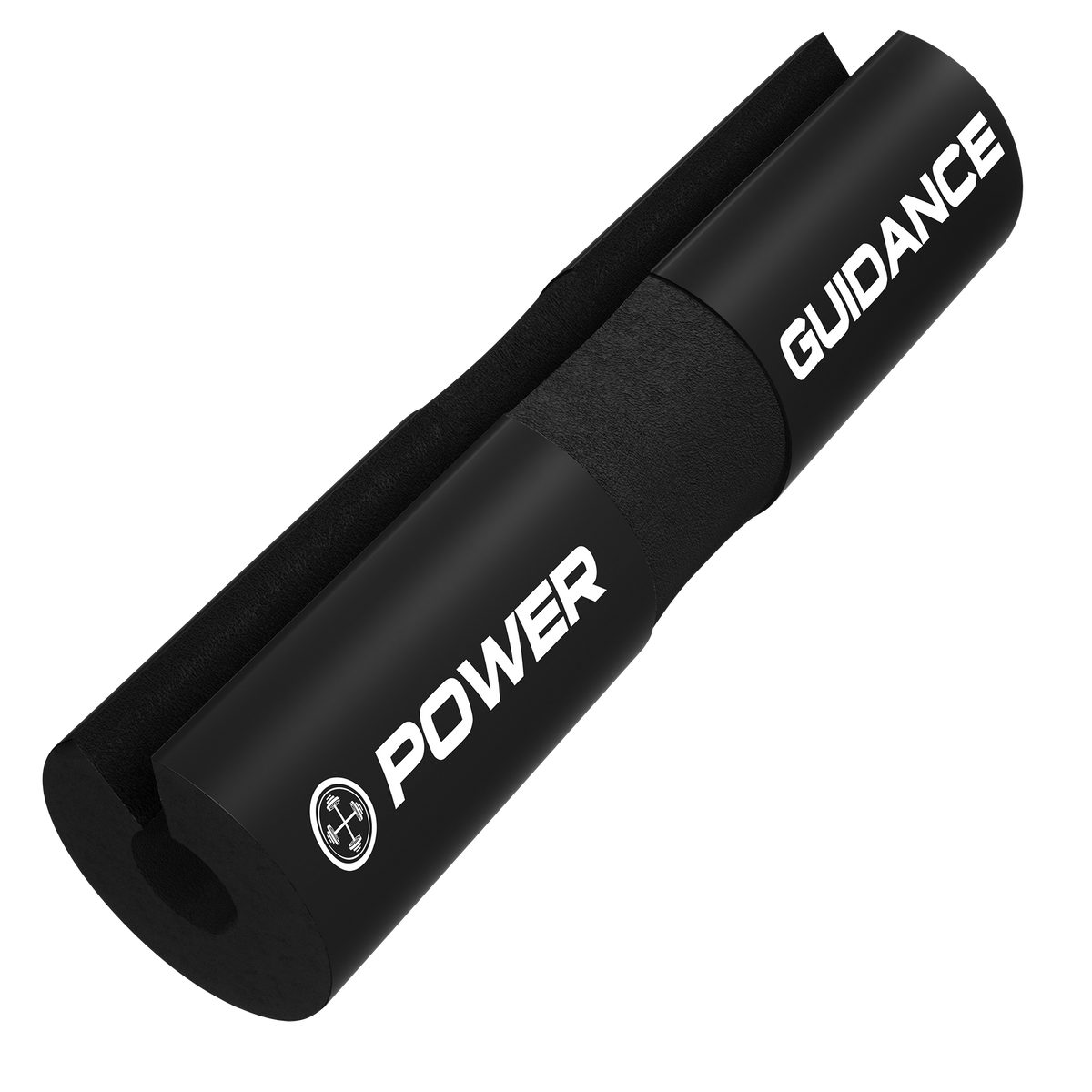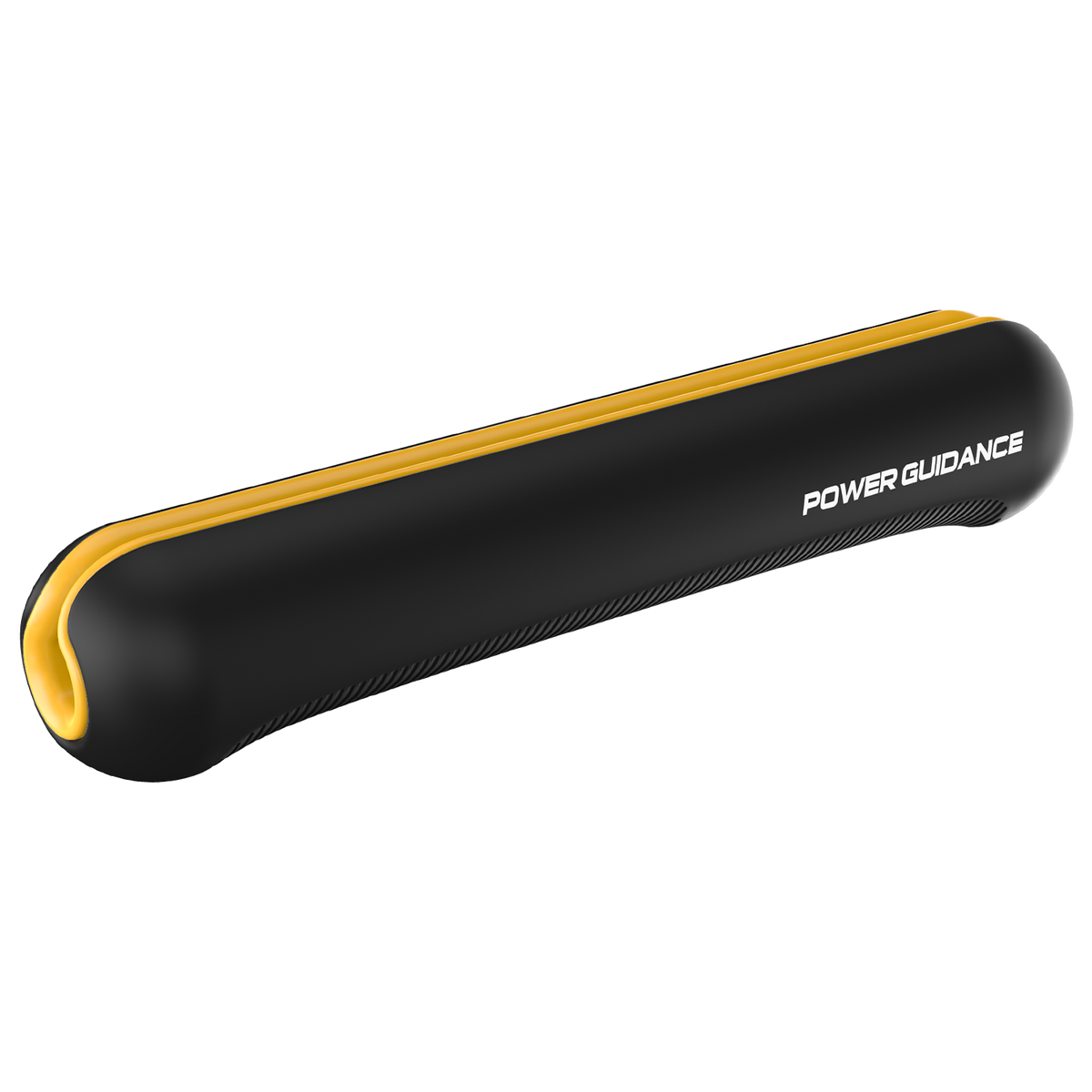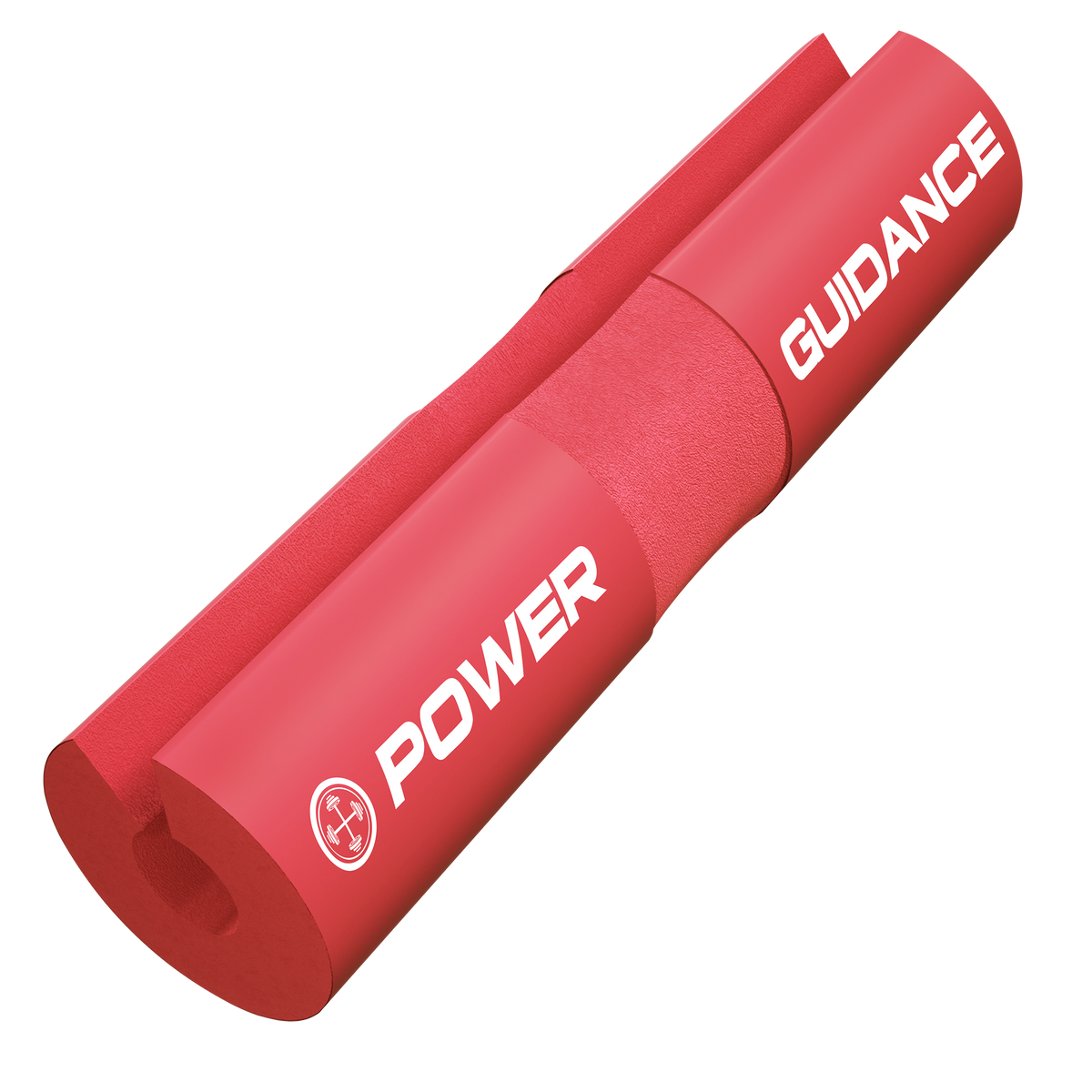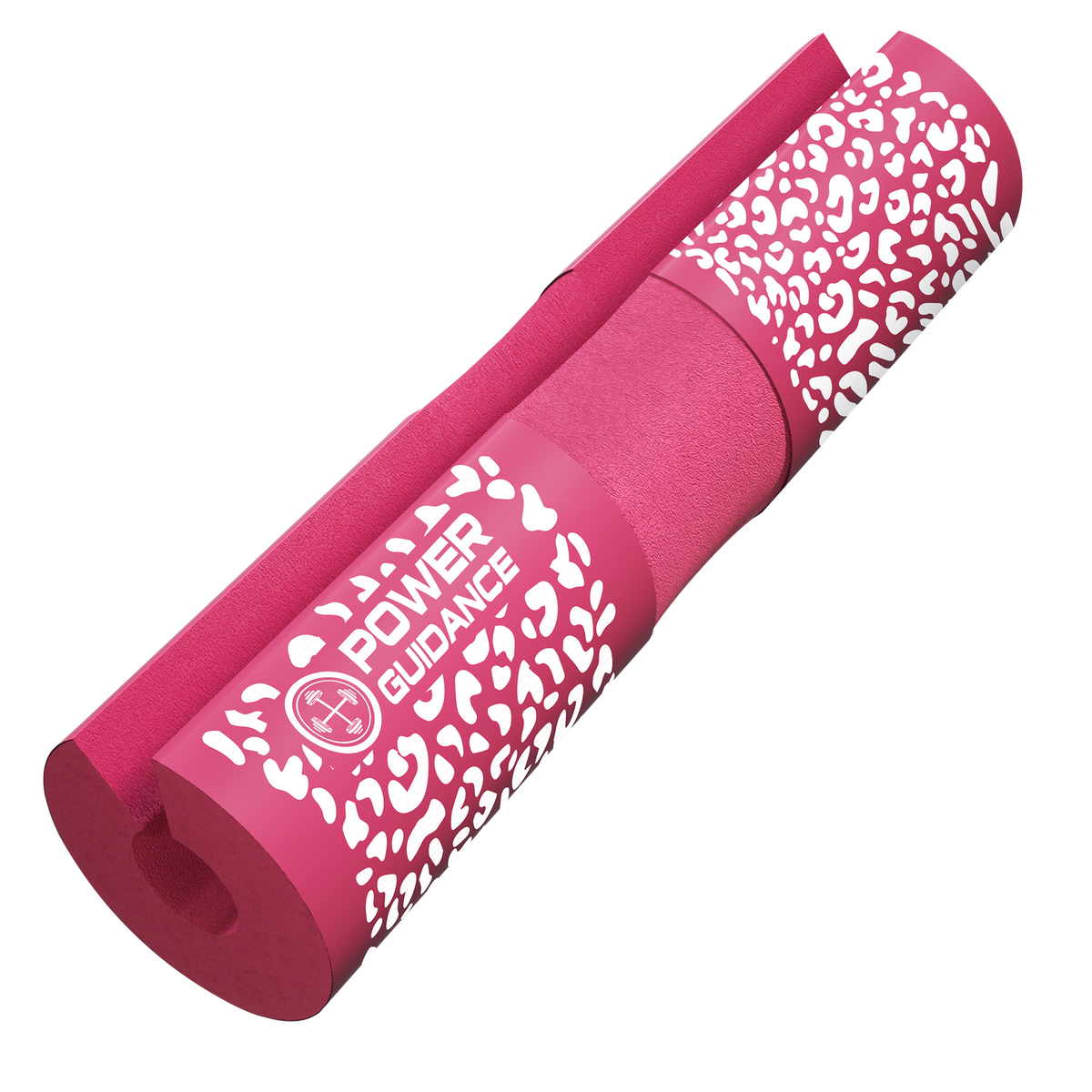A hip thrust, also called a hip thruster, is a lower body exercise that specifically activates your gluteal muscles, including the gluteus maximus, gluteus medius, and gluteus minimus. With proper form, hip thrusts can also work muscle groups in your lower back and legs, like the hamstrings, adductors, and quadriceps. The most common variation of this exercise is a barbell hip thrust, although there are also variations that use different weights like dumbbells or kettlebells.

Hip Thrust vs. Glute Bridge: What’s the Difference?
While both the hip thrust and glute bridge are focused on glute activation, they differ from each other in a few key ways.
- Posture: The main difference between a hip thrust and glute bridge is the position of your body. When performing a glute bridge, your upper body rests on the floor as you squeeze your glute muscles and lift your waist above you. In contrast, during a hip thrust, your shoulders are elevated.
- Weight:Typically, hip thrusts involve free weights while glute bridges use only body weight. The additional weight from a barbell, dumbbell, or kettlebell requires more activation of your lower body muscles as you lift your backside off the floor.
- Range of motion:The hip thrust allows for a greater range of motion compared to the glute bridge. Hip thrusts can be useful warm-ups for other exercises that use a hip hinging movement, like Romanian deadlifts and lunges.
How to Do Hip Thrusts
The most widely practiced version of the hip thruster requires you to maintain your balance on a weight bench while holding a barbell on your hips. Getting into and out of the position may be awkward when you are new to the exercise. It may be helpful to work with a partner or a coach when you first try this move.
You can also try the move on the floor before using a weight bench. If you use the weight bench from the beginning, practice the movement with no weight before adding resistance.
If you are new to exercise or to strength training, check with a healthcare provider to make sure that there are no special modifications that you should follow. If you have been sedentary or are returning to exercise after pregnancy or an injury, get clearance from your doctor first.
For safety, be careful to set up your weight bench properly, especially if you plan to lift a lot of weight. Make sure that the bench you use is no higher than your knees. The long end of the bench should be positioned against a solid surface like a wall so that it cannot move while you are lifting.
Also, you may want to use a pad or sponge on the bar. Position the pad on the center of the bar so that both hip bones are protected. Some exercisers use a towel, but a towel can slip and is less secure.
Benefits of Hip Thrusts
There are a few solid reasons why the hip thruster is an essential movement for leg day at the gym.
1.Generates More Power
The hip extensors are essential muscles for activities of daily living such as walking, standing, and climbing stairs. But these muscles are also crucial for generating power for peak athletic performance. Exercisers who want to strengthen the muscles in the hip area often look to standing exercises such as weighted squats, lunges, or deadlifts.
But research shows that when you perform standing barbell strength exercises, there is decreased tension on the hip extensors as the movement nears lockout and the hips reach a neutral position (standing). In a hip thruster, you're in a horizontal position, which allows you to maintain maximum tension on the hip muscles through the full range of motion.
2.Offers Safer Squat Alternative
While barbell squats effectively build strength in the lower body, some people cannot safely or comfortably place a barbell on the upper back. For example, those with shoulder, neck, or lower back issues may find a weighted barbell squat too challenging (or even dangerous). The hip thruster, or one of its modifications, strengthens the glutes without loading the upper body.
How to do a Hip Thrust Exercise
- For the hip thrust, begin by using a barbell with a weight that you can control for 2–3 sets of 6–12 repetitions. Choose a weight that allows you to maintain good technique throughout all sets and repetitions.
- Place a loaded barbell parallel to a bench.
- Sit on the floor with your back up against the bench. Roll the barbell over your hips until the barbell rests in the crease of your hips.
- With your upper back in contact with the bench, lift your hips slightly off of the ground. Your upper arms should rest against the bench. Rotate your shoulders outward to engage your lats. The bottom of your shoulder blades should be in contact with the bench. The weight on your feet should be evenly distributed along each entire foot. Rotate your feet into the floor to create a stable foot position. Your chin should remain tucked throughout the movement, as if you were holding an egg under your chin. All repetitions should begin from this position.
- To begin the upward movement, squeeze your glutes and push your feet into the ground.
- Continue squeezing your glutes as you push your hips toward the ceiling to achieve full hip extension. Your core should be engaged to keep your ribs down and your pelvis should be slightly tucked at the top. Your shins should be vertical.
- Pause for 2–3 seconds at the top.
- To begin the downward movement, hinge from your hips to return to the starting position. Allow your chest to follow your hips. Gaze forward while keeping your chin tucked. Maintain tension on your glutes and keep your core engaged. Your torso should create a 45-degree angle with the ground at the bottom of the movement.
How to Work out Safely and Avoid Injury
If you have a previous or pre-existing health condition, consult your physician before beginning an exercise program. Proper exercise technique is essential to ensure the safety and effectiveness of an exercise program, but you may need to modify each exercise to attain optimal results based on your individual needs. Always select a weight that allows you to have full control of your body throughout the movement. When performing any exercise, pay close attention to your body, and stop immediately if you note pain or discomfort.
In order to see continual progress and build body strength, incorporate proper warm-ups, rest, and nutrition into your exercise program. Your results will ultimately be based on your ability to adequately recover from your workouts. Rest for 24 to 48 hours before training the same muscle groups to allow sufficient recovery.
Safety and Precautions
Anyone with back or hip problems should speak with a healthcare provider before attempting the hip thruster. Your provider may suggest modifications or alternate exercises.
Next, take extra care not to hyperextend the spine when doing this exercise. It may be helpful to work with a trainer when first learning the movement, or at least have a friend watch your form to be sure that the chest doesn't arch up and cause too much curvature through the lower spine.
Lastly, some people try to perform the hip thruster on a hamstring curl machine. However, workout machines at the gym are designed for specific uses. It is generally not advised to use the equipment in ways not indicated by the manufacturer.




0 comments